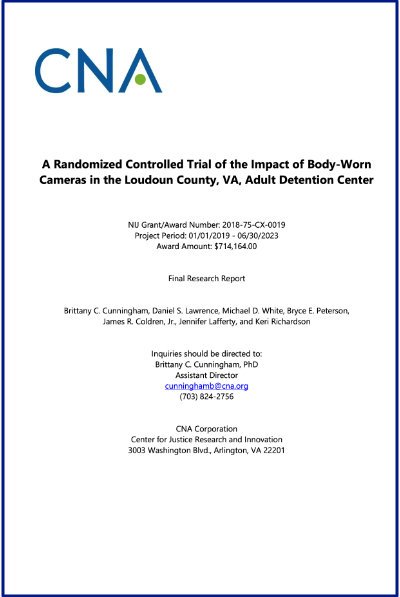By RAND Europe
As part of their nationwide 'stability maintenance' strategy, they are detaining, persecuting and convicting Tibetans for non-violent forms of protest and other expressions of dissent such as assisting or supporting self-immolations and carrying pictures of the Dalai Lama.
The precise workings, nature and scale of the Chinese Communist Party's efforts to imprison and detain Tibetans, however, remain poorly understood.
In contrast with the body of knowledge on the detention and imprisonment of Uyghurs and other ethnic minorities in Xinjiang, the Tibetan detention system is still very much a black hole to the international community. The lack of evidence on many issues, especially on the so-called 'vocational training centres' and detention through the criminal justice system, is not evidence of the absence of repression. Rather, it highlights a need for further research to address many of the research gaps and to better understand the situation.
This study therefore aimed to build on the scant available evidence and leveraged an innovative method — night-time lighting data — to shed light on the prisons and detention facilities in Tibet.
Measured on a daily basis using satellite-based sensors, night-time lighting data represent an equilibrium measure of electricity consumption at night at specific locations over time. Aggregated into monthly trends, these data can help illuminate potential changes in the construction, growth or decline in the use of specific detention facilities across Tibet that may not be visible using overhead satellite imagery alone.
Cambridge, UK: RAND Europe, 2023. 8p.





















